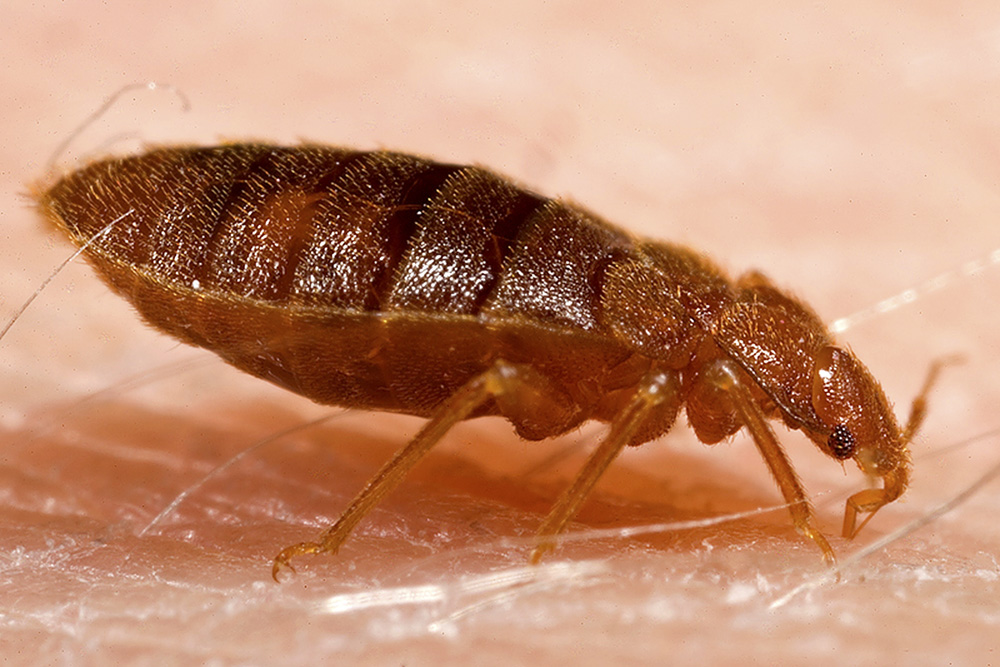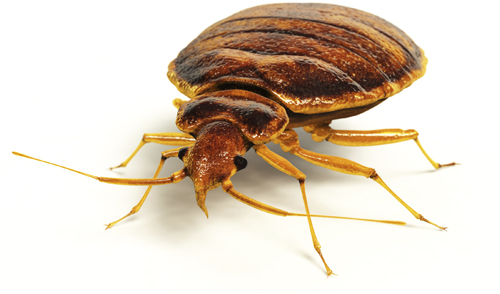Types of Pest Control: Which Technique Is Right for Your Invasion?
When encountered with a parasite problem, the selection of an appropriate method for parasite control is important in efficiently handling the circumstance. From chemical therapies to biological options, there exists a series of approaches that can be used to resolve various kinds of bugs. Each technique includes its own set of benefits and factors to consider, making the decision-making procedure a nuanced one. Comprehending the nuances of each method and assessing their compatibility with the particular insect infestation available is necessary for accomplishing long-term success in pest monitoring. By discovering the different kinds of pest control approaches offered, individuals can make informed choices tailored to their unique circumstances, making certain a much more efficient and sustainable outcome in bug elimination.
Chemical Insect Control
Chemical pest control entails making use of artificial or naturally obtained chemicals to manage and remove pest populations successfully. This method is frequently utilized in agriculture, forestry, and residential setups to fight a variety of parasites, including bugs, weeds, and rats. Making use of chemical pesticides can supply fast and targeted solutions to pest invasions, making it a preferred selection for many individuals and services.
Among the key advantages of chemical bug control is its capability to swiftly eliminate bugs, lowering the risk of damage to plants, building, and human health. By utilizing details chemicals that target particular insects, this technique can properly regulate infestations while lessening injury to beneficial organisms and the environment when applied appropriately.
However, making use of chemical bug control likewise elevates problems about possible negative effects on non-target types, water resources, and human health. It is important to comply with security standards, use chemicals sensibly, and consider alternate parasite control methods to minimize these risks and make certain lasting pest management practices.
Biological Pest Control
Organic pest control, likewise recognized as biocontrol, uses living microorganisms to manage and minimize bug populations naturally. By utilizing the pest's natural killers or virus, biological bug control supplies a ecologically pleasant and lasting remedy to pest management.

Mechanical Parasite Control
Making use of hand-operated and physical approaches to take care of bug populaces, mechanical bug control provides an alternate method that does not depend on making use of living microorganisms or artificial chemicals. This technique involves making use of barriers, catches, or various other gadgets to physically deter or remove parasites. By obstructing parasite entrance points or establishing up catches to capture them, mechanical parasite control can properly lower invasions without introducing chemicals right into the setting.
One typical example of mechanical pest control is making use of mesh displays on doors and windows to avoid insects from getting in structures. This simple yet reliable technique works as a physical barrier, keeping insects out while allowing for correct ventilation. In addition, devices like mousetraps, fly swatters, and ultrasonic repellents drop under the mechanical pest control classification.
While mechanical pest control techniques can be labor-intensive and call for routine surveillance and upkeep, they provide a lasting and eco-friendly remedy for managing bug problems. By incorporating different mechanical techniques, homeowner can produce a comprehensive insect control approach that minimizes dependence on chemical pesticides.
Physical Bug Control

Some common physical parasite control techniques include making use of barriers such as internet or screens to avoid bug entry, catches to catch and remove pests, and hand-picking to literally remove parasites from plants or frameworks. Additionally, strategies like warm treatments can be utilized to control bugs like bed bugs by elevating the temperature to degrees that are deadly to the pests.
Physical bug control is particularly useful in incorporated pest monitoring (IPM) techniques, where numerous insect control approaches are integrated for effective bug administration while minimizing making use of chemicals. By utilizing physical bug control techniques, people can effectively attend to pest problems with minimal environmental influence.
Integrated Insect Management
When carrying out physical insect control approaches as component of insect administration strategies, Integrated Insect Administration (IPM) arises as an extensive technique that leverages numerous techniques to successfully regulate pest populations. IPM focuses on long-lasting avoidance of pests through a combination of biological, social, physical, and chemical devices customized to specific insect problems. By incorporating several control methods, IPM intends to minimize the risks related to insects while likewise minimizing dependence on chemical remedies.
One trick facet of IPM is the focus on surveillance and assessing pest populations to determine the most suitable control methods. This proactive method enables for early intervention and targeted techniques, causing extra reliable parasite monitoring. In addition, IPM advertises eco-friendly methods by prioritizing non-chemical control methods and just making use of chemicals as a last resource.
Final Thought

By utilizing the bug's natural predators or virus, organic pest control provides a ecologically pleasant and lasting remedy to pest management. - Kings pest control cincinnati oh
Utilizing hands-on and Kings best pest control cincinnati physical techniques to handle insect populations, mechanical insect control provides an alternate technique that does not depend on the usage of living microorganisms or synthetic chemicals.An efficient technique to handling insect populations without depending on chemical or biological methods involves the usage of physical parasite control strategies.When implementing physical parasite control techniques as part of pest management strategies, Integrated Parasite Monitoring (IPM) arises as a detailed method that leverages different techniques to properly manage pest populations. Chemical pest control involves the use of chemicals, biological bug control utilizes all-natural killers, mechanical parasite control includes physical obstacles, physical insect control includes trapping or eliminating insects, and incorporated pest management integrates multiple methods for a holistic technique to pest control.